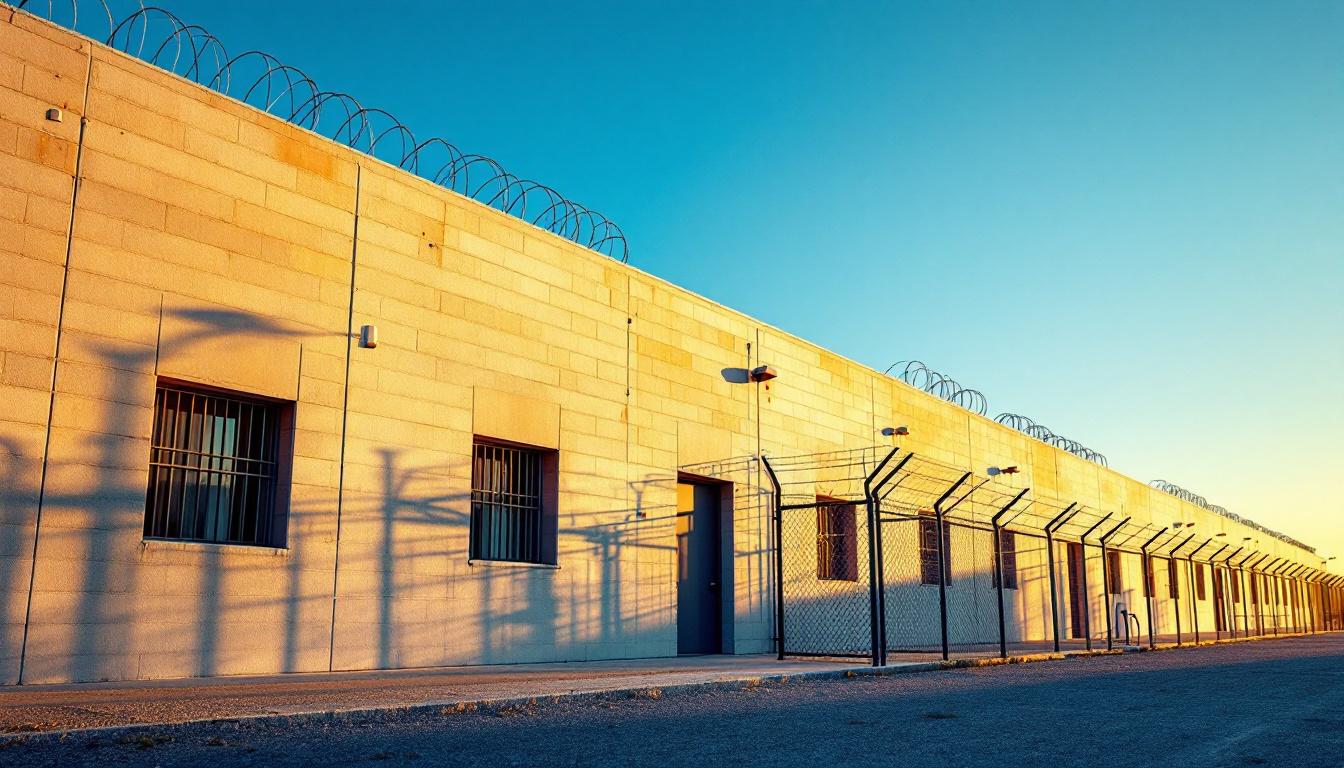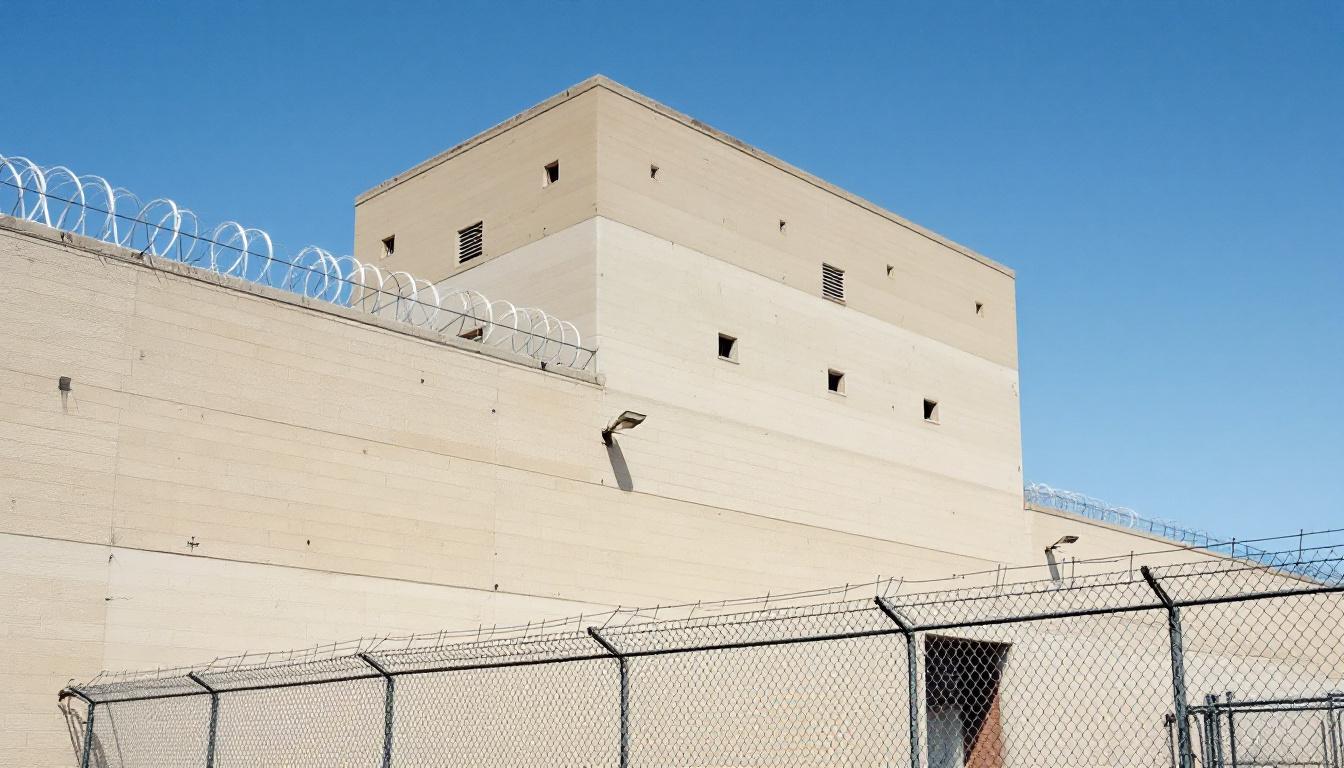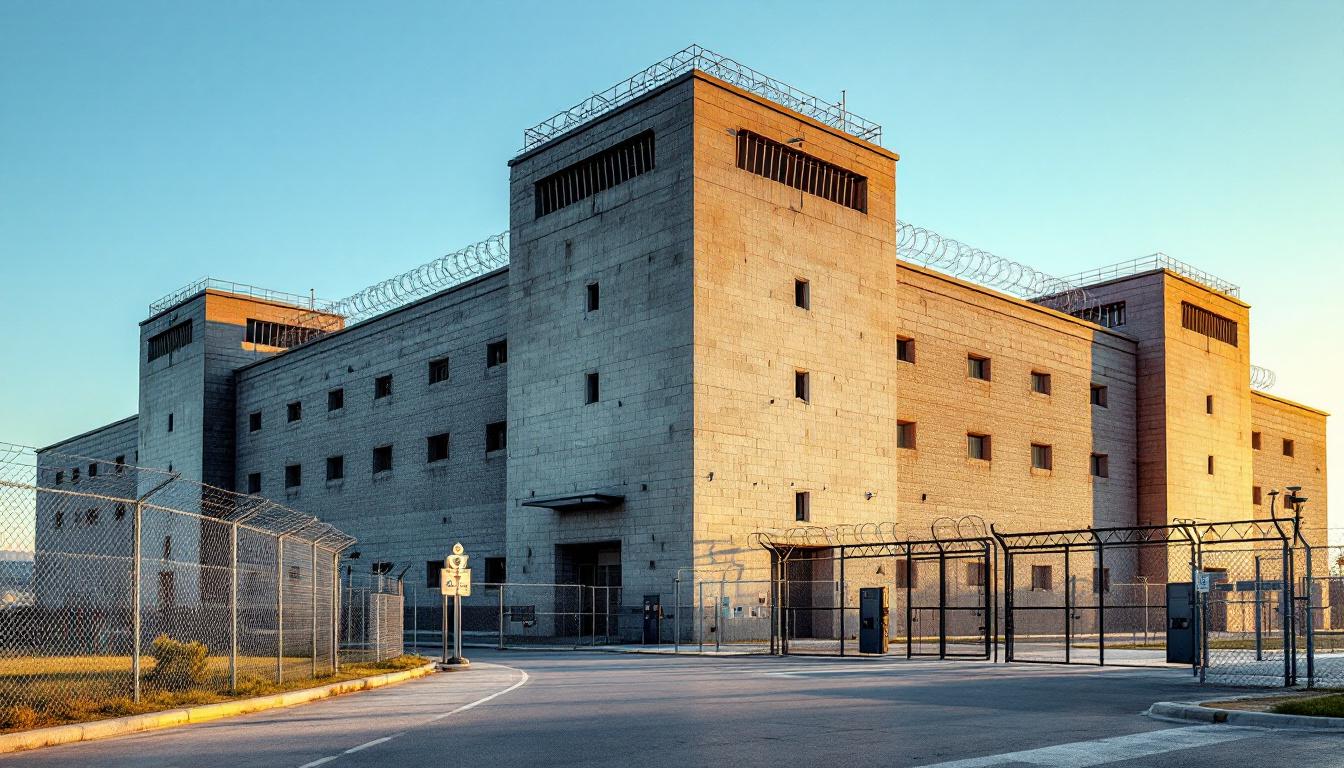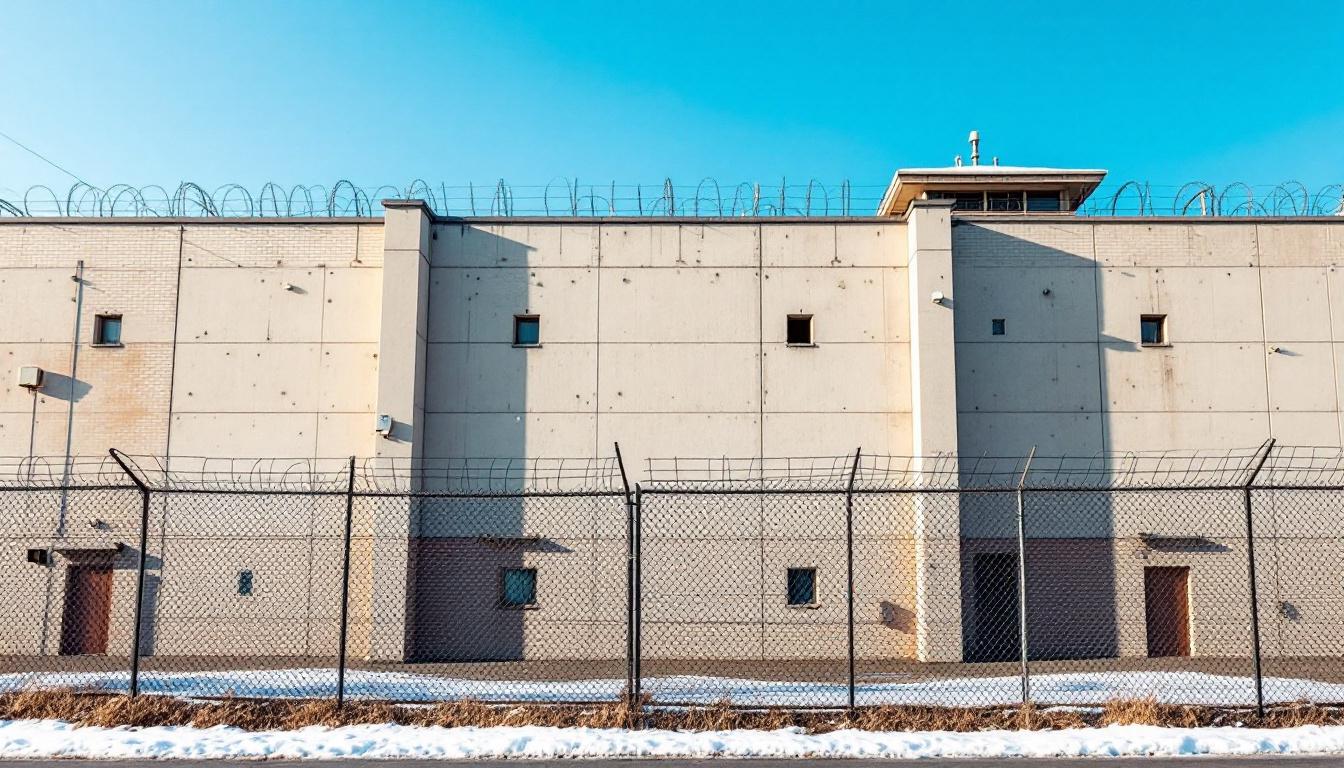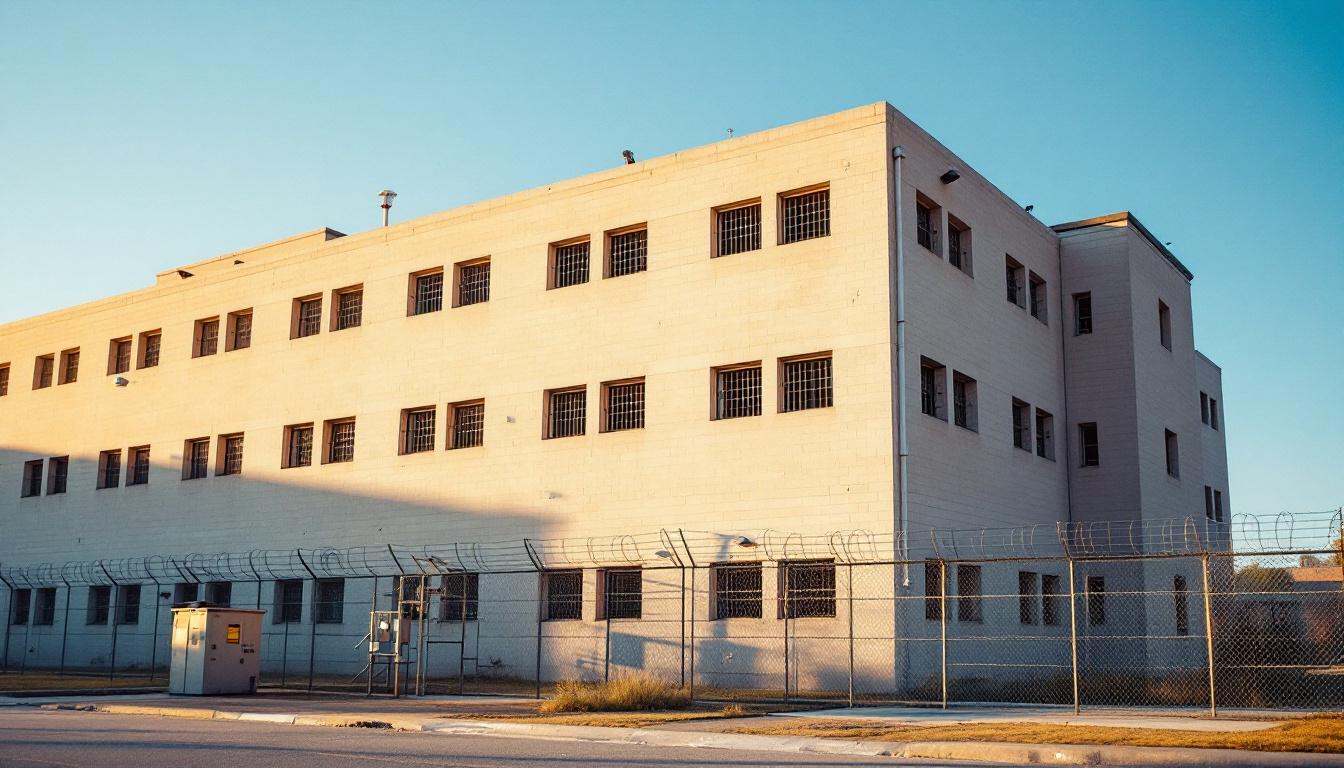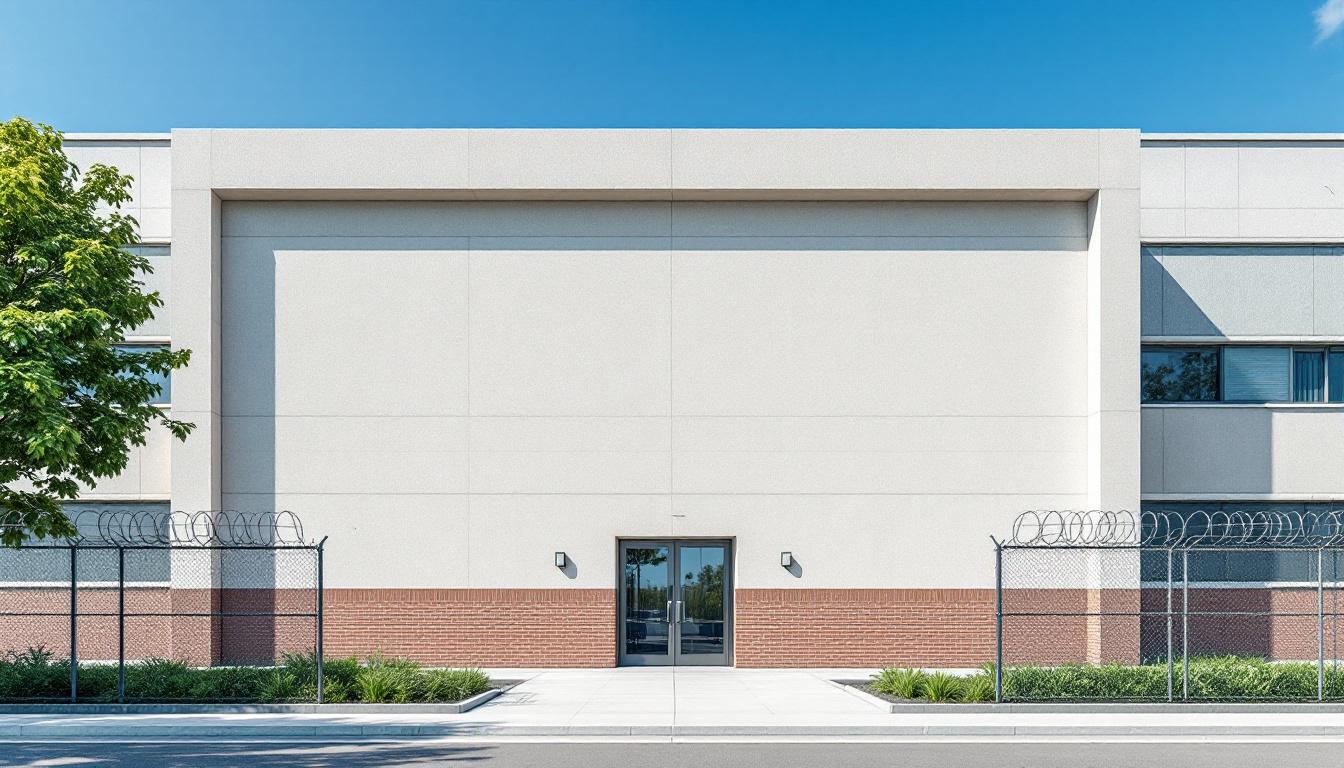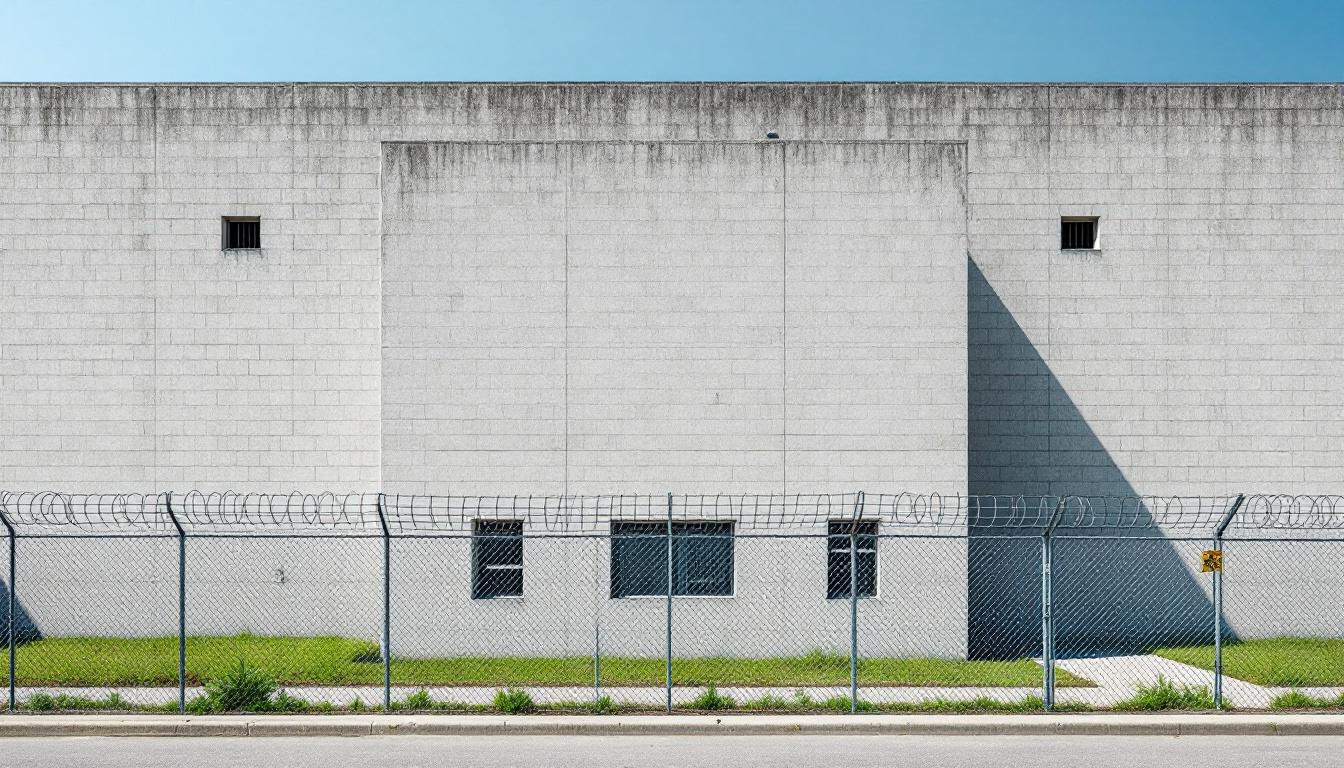
Quick Navigation
How to contact an inmate at United States Penitentiary, Pollock
This comprehensive guide will walk you through how to connect with an inmate at United States Penitentiary, Pollock. Follow the steps below to find an inmate and send letters and photos:
- Search for the inmate using our search tool below
- Create your account or log in to Penmate
- Write your message (up to 6,000 characters)
- Send instantly - inmates receive printed copies daily
Find an Inmate
Search for an inmate to start communicating today
Tip: You can search by first name, last name, or inmate ID number
To contact a person at United States Penitentiary, Pollock start by searching for the person on the official facility website. Perform a search by following these steps:
- Step 1: Enter their first name and last name into the search form and click "Search"
- Step 2: Locate their inmate record
- Step 3: Write down their Inmate ID and any housing information provided
Important! Be sure to enter the person's full name. Nicknames should not be used.
How to Send Messages to Inmates

You can use your phone or computer to send emails, letters, and photos to an inmate. Messages are sent electronically to inmate tablets or kiosks at the facility. If you would like to send a message, start by searching for an inmate at United States Penitentiary, Pollock.
Sending Photos and Postcards

A great way to send love and support to a loved one at United States Penitentiary, Pollock is to send photos and postcards. It only takes a few minutes to send photos from your phone and it makes a huge difference. You can also mail postcards with words of support and inspiration, or design your own postcard for special moments like birthdays and holidays.
Important! Be sure not to send any explicit photos or they may not be approved by the facility. You can also use a photo printing app like Penmate to make sure your photos are printed at the correct size (4x6 or 3x5) and are mailed according to the rules and regulations of United States Penitentiary, Pollock.
Frequently asked questions about United States Penitentiary, Pollock
-
How long does it take to deliver a message?
If you're sending an email message your letter is usually delivered within 24-48 hours. For messages sent via mail you should expect delivery within 3-7 days. All messages will need be approved by United States Penitentiary, Pollock.
-
How much does it cost to send a message to United States Penitentiary, Pollock?
You can send a message free using your phone or mail a message via USPS for the price of a $0.60 stamp and envelope. You can also purchase credits or e-stamps from services starting at $1.99.
-
What services can I use to contact an inmate at United States Penitentiary, Pollock?
Penmate
You can use Penmate to send letters and photos to an inmate from your phone. It's an easy way to stay in touch during your loved one's incarceration. Use the inmate locator to find an inmate's location and contact information, then you can send messages within a few minutes.
Securus messaging
Securus may be another option for communicating with an inmate at United States Penitentiary, Pollock. You can create a friends and family account and purchase credits to send messages. All messages will be reviewed and must be approved by the facility.
JPay
Some county jails and state prisons may support sending messages with JPay. You must register an account with the system, find your loved one, and purchase stamps to send messages. For some locations you can also attach photos.
Smart Jail Mail
You may also check if Smart Jail Mail is available at United States Penitentiary, Pollock. Smart Jail Mail is operated by Smart Communications and has contracted with some state and county jails. After purchasing credits, your messages and photos are sent to the facility, printed out, and then handed out to your loved one.
-
What is the mailing address of United States Penitentiary, Pollock?
Mailing address:
United States Penitentiary, Pollock
1000 Airbase Rd
Pollock, LA 71467
Phone: (318) 561-5300Business hours:
- Monday: Open 24 hours
- Tuesday: Open 24 hours
- Wednesday: Open 24 hours
- Thursday: Open 24 hours
- Friday: Open 24 hours
- Saturday: Open 24 hours
- Sunday: Open 24 hours
-
What are the visiting hours at United States Penitentiary, Pollock?
Visiting hours at United States Penitentiary, Pollock vary by housing unit and security level. Generally, visits are scheduled on weekends and holidays, with some facilities offering weekday visits. Contact the facility directly at (318) 561-5300 or check their website for the current visiting schedule. Visits typically last 30-60 minutes and must be scheduled in advance.
-
What items are prohibited when sending mail to United States Penitentiary, Pollock?
Prohibited items typically include: cash, personal checks, stamps, stickers, glitter, glue, tape, staples, paperclips, polaroid photos, musical or blank greeting cards, hardcover books, magazines with staples, and any items containing metal or electronics. Only send letters on plain white paper with blue or black ink. Photos must be printed on regular photo paper (no Polaroids). Always check with United States Penitentiary, Pollock for their specific mail policies.
-
How do I send money to an inmate at United States Penitentiary, Pollock?
You can send money to an inmate at United States Penitentiary, Pollock through several methods: 1) Online using JPay, Access Corrections, or the facility's approved vendor, 2) Money orders mailed directly to the facility with the inmate's name and ID number, 3) Kiosks located in the facility lobby, or 4) Over the phone using a credit or debit card. Fees vary by method, typically ranging from $2.95 to $11.95 per transaction.
-
Can I schedule a video visit with an inmate at United States Penitentiary, Pollock?
Many facilities now offer video visitation as an alternative to in-person visits. At United States Penitentiary, Pollock, video visits may be available through services like Penmate, Securus Video Connect, GTL, or ICSolutions. Video visits typically cost $10-20 for 20-30 minutes and must be scheduled in advance. You'll need a computer or smartphone with a camera and reliable internet connection. Contact the facility for their specific video visitation policies and approved vendors.
-
What identification do I need to visit an inmate at United States Penitentiary, Pollock?
All visitors must present valid government-issued photo identification such as a driver's license, state ID, passport, or military ID. Minors must be accompanied by a parent or legal guardian who can provide the minor's birth certificate. Some facilities require visitors to be on the inmate's approved visitation list, which may require a background check. Contact United States Penitentiary, Pollock for specific ID requirements and visitor approval procedures.
-
How can I find out an inmate's release date?
To find an inmate's release date at United States Penitentiary, Pollock, you can: 1) Use the online inmate search tool if available, 2) Call the facility's records department, 3) Contact the inmate's case manager or counselor, or 4) Have the inmate provide this information during a call or visit. For privacy reasons, some facilities only release this information to immediate family members.
Facility Overview
Contact Information
United States Penitentiary, Pollock1000 Airbase Rd
Pollock, LA 71467
Phone: (318) 561-5300
Official Website
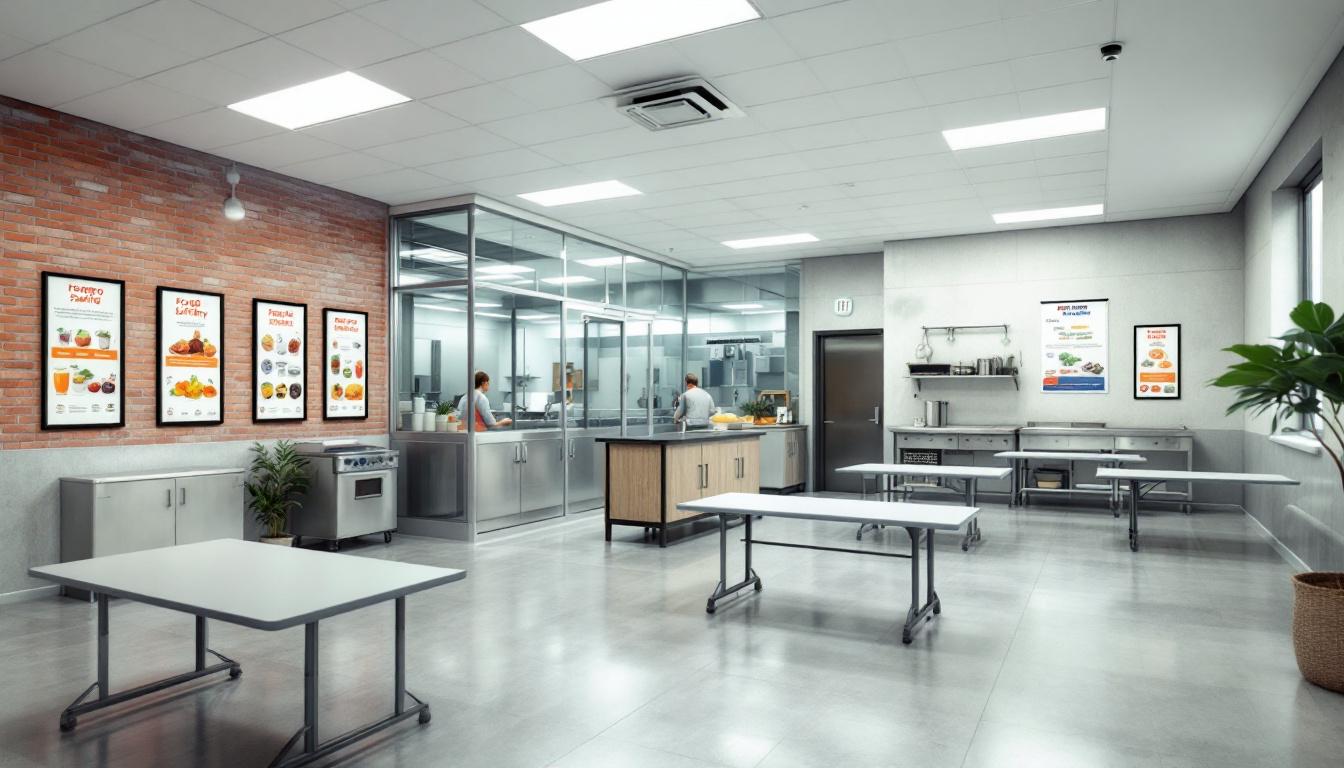
About United States Penitentiary, Pollock
Comprehensive programs designed to support both security and personal development form the cornerstone of operations at USP POLLOCK, LA, where individuals services encompass educational opportunities, vocational training, and behavioral intervention initiatives. This GA correctional facility operates within Atlanta's broader correctional framework, serving as an integral component of the state's commitment to maintaining public safety while fostering meaningful rehabilitation pathways for incarcerated individuals.
Located in Atlanta, GA, this correctional facility typically emphasizes community integration principles through structured programming that may include job readiness training, substance abuse counseling, and educational advancement opportunities. The facility generally maintains connections with local organizations and agencies to facilitate successful reentry planning, recognizing that effective rehabilitation often extends beyond institutional walls. Staff members typically work to create an environment where personal accountability and skill development can flourish alongside necessary security protocols.
The institution's approach to balancing custody requirements with rehabilitative programming reflects broader trends in modern corrections, where evidence-based practices often guide decision-making processes. Families and community members may find that the facility's programming structure generally supports long-term positive outcomes, with services that typically address the multifaceted challenges individuals face both during incarceration and upon release. This comprehensive approach to corrections often includes mental health services, educational programming, and pre-release preparation designed to strengthen community ties and reduce recidivism rates throughout the Atlanta region.
Programs & Services
A multifaceted approach to personal development defines the comprehensive opportunities available to individuals at USP Pollock. The facility typically emphasizes skill-building across diverse areas, recognizing that meaningful change often emerges through varied pathways of growth. This philosophy creates an environment where individuals may engage with multiple programs simultaneously, building upon different aspects of personal and professional development.
Educational advancement and vocational training form the cornerstone of many development opportunities. Academic programs may offer individuals the chance to pursue basic literacy skills through advanced educational credentials, while vocational training opportunities often include hands-on instruction in marketable trades. Culinary arts programs typically provide both practical skills and potential career pathways, allowing participants to develop expertise in food preparation and kitchen management. These structured learning environments often emphasize both technical competency and workplace readiness skills.
In addition to these academic and vocational offerings, comprehensive support services address personal growth and community connection. Faith-based services may provide spiritual guidance and community support for those seeking this form of development. Agriculture programs often allow individuals to engage with sustainable practices while developing work skills and personal responsibility. Healthy relationships programming typically focuses on communication skills, conflict resolution, and building positive interpersonal connections that support successful reintegration into community life.
Daily Life & Visitation
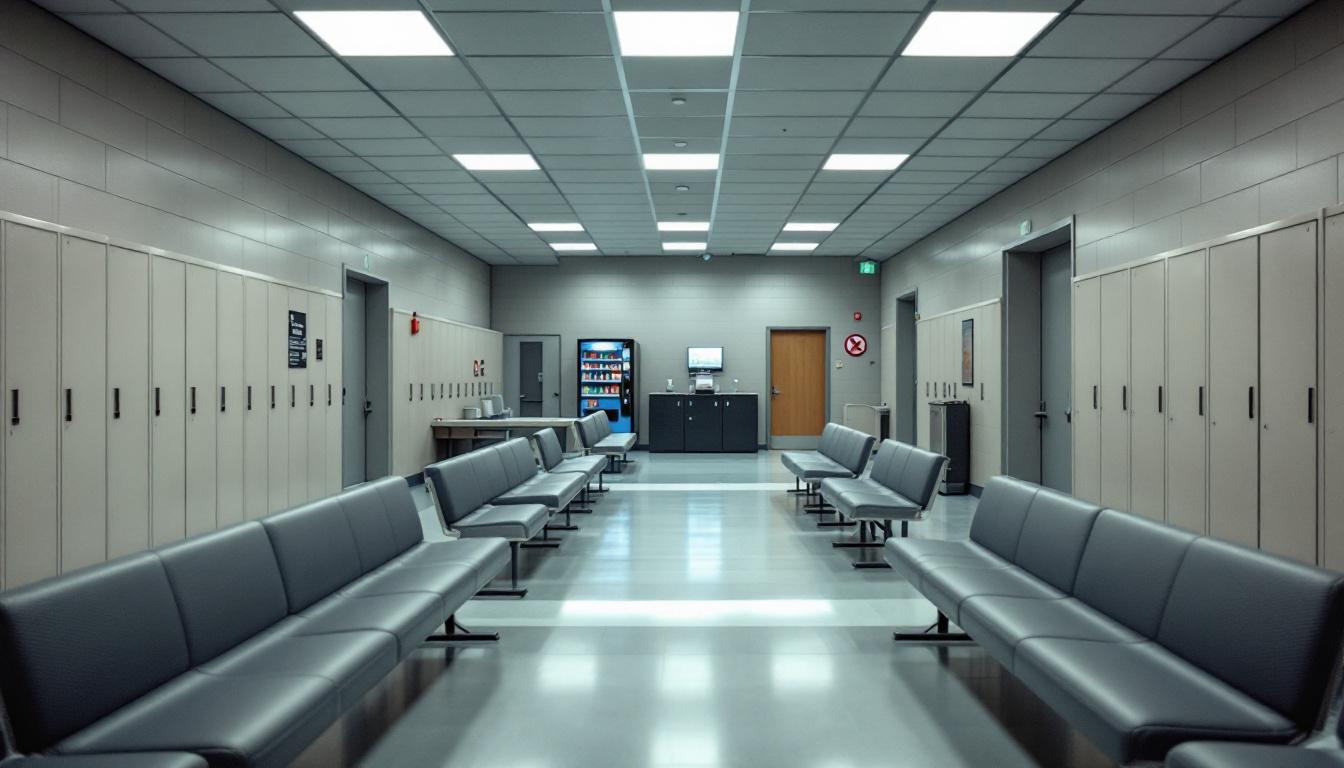
The sound of morning announcements consistently marks the beginning of each day for individuals housed at USP Pollock. Today, like most days, the structured routine begins early with count procedures, followed by opportunities for personal hygiene and preparation for the day ahead. The facility typically operates on a regimented schedule that includes designated times for meals, work assignments, and recreational activities. Generally, individuals may participate in various educational programs, vocational training, or facility maintenance jobs that offer structure and skill development opportunities.
Living accommodations at the facility generally consist of housing units designed to accommodate multiple individuals, with personal space that may include basic furnishings and storage for approved personal property. In addition to this structured living environment, the commissary system typically allows individuals to purchase approved items to supplement their daily needs. Despite this controlled setting, individuals usually have opportunities to maintain personal routines within the established guidelines, including access to reading materials, letter writing, and personal reflection time.
Programs and activities often include recreational opportunities such as exercise periods, library access, and various educational offerings that may help individuals prepare for eventual reintegration. The facility typically provides visiting opportunities for family members and loved ones, though these sessions generally operate under specific scheduling and security protocols. Communication with the outside world usually includes monitored phone calls and correspondence, allowing individuals to maintain important family connections and support systems during their time at the facility.
Ready to Connect?
Start communicating with your loved one today
Search for an Inmate

